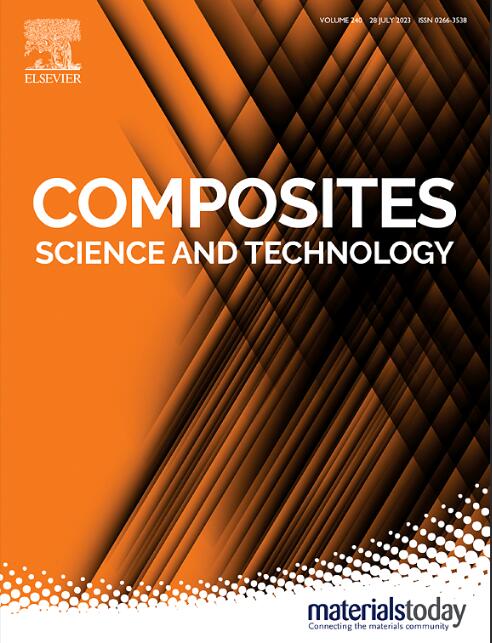Multi-scale semantic segmentation for fiber identification and 3D reconstruction of unidirectional composite
IF 8.3
1区 材料科学
Q1 MATERIALS SCIENCE, COMPOSITES
引用次数: 0
Abstract
The accurate identification and reconstruction of fiber architectures from X-ray computed tomography (CT) images is crucial for understanding the microstructural characteristics of fiber-reinforced composites. However, achieving reliable segmentation remains challenging due to imaging artifacts, apparent fiber contacts, and complex fiber distributions. This study presents a multi-scale feature enhanced semantic segmentation framework for fiber identification and three-dimensional reconstruction in unidirectional composites. A hybrid labeling strategy is developed to establish high-quality training datasets by combining watershed-based initial segmentation with strategic manual refinement, significantly reducing the manual annotation workload while maintaining label accuracy. This framework features a multi-scale semantic segmentation network incorporating an attention-based fusion mechanism, enabling the simultaneous capture of local fiber details and global structural patterns while effectively handling abnormal fiber adhesion in fiber imaging. To ensure structural continuity in three-dimensional visualization, an enhanced voxel-based reconstruction method is proposed, featuring adaptive z-axis interpolation and systematic refinement processes. Evaluated on a publicly available micro-CT dataset of unidirectional composites, the framework achieves superior performance with a mean Intersection over Union of 93.6 % and Dice coefficient of 96.7 %, outperforming existing methods such as U-Net and DeepLabV3+ in both segmentation accuracy and efficiency. The methodology demonstrates robust capability in handling varying fiber densities and complex spatial arrangements, providing a reliable foundation for subsequent microstructural analysis and finite element modeling of composite materials.

基于多尺度语义分割的单向复合材料纤维识别与三维重建
从x射线计算机断层扫描(CT)图像中准确识别和重建纤维结构对于了解纤维增强复合材料的微观结构特征至关重要。然而,由于成像伪影、明显的纤维接触和复杂的纤维分布,实现可靠的分割仍然具有挑战性。提出了一种多尺度特征增强语义分割框架,用于单向复合材料的纤维识别和三维重建。提出了一种混合标注策略,将基于流域的初始分割与策略性人工细化相结合,建立高质量的训练数据集,在保持标注准确性的同时显著减少人工标注工作量。该框架采用多尺度语义分割网络,结合基于注意力的融合机制,能够同时捕获局部纤维细节和全局结构模式,同时有效处理纤维成像中的异常纤维粘附。为了保证三维可视化中的结构连续性,提出了一种基于体素的增强重建方法,该方法具有自适应z轴插值和系统细化过程。在公开的单向复合材料微ct数据集上进行评估,该框架取得了优异的性能,平均交集比为93.6%,Dice系数为96.7%,在分割精度和效率方面都优于U-Net和DeepLabV3+等现有方法。该方法在处理不同纤维密度和复杂空间排列方面表现出强大的能力,为后续的复合材料微观结构分析和有限元建模提供了可靠的基础。
本文章由计算机程序翻译,如有差异,请以英文原文为准。
求助全文
约1分钟内获得全文
求助全文
来源期刊

Composites Science and Technology
工程技术-材料科学:复合
CiteScore
16.20
自引率
9.90%
发文量
611
审稿时长
33 days
期刊介绍:
Composites Science and Technology publishes refereed original articles on the fundamental and applied science of engineering composites. The focus of this journal is on polymeric matrix composites with reinforcements/fillers ranging from nano- to macro-scale. CSTE encourages manuscripts reporting unique, innovative contributions to the physics, chemistry, materials science and applied mechanics aspects of advanced composites.
Besides traditional fiber reinforced composites, novel composites with significant potential for engineering applications are encouraged.
 求助内容:
求助内容: 应助结果提醒方式:
应助结果提醒方式:


